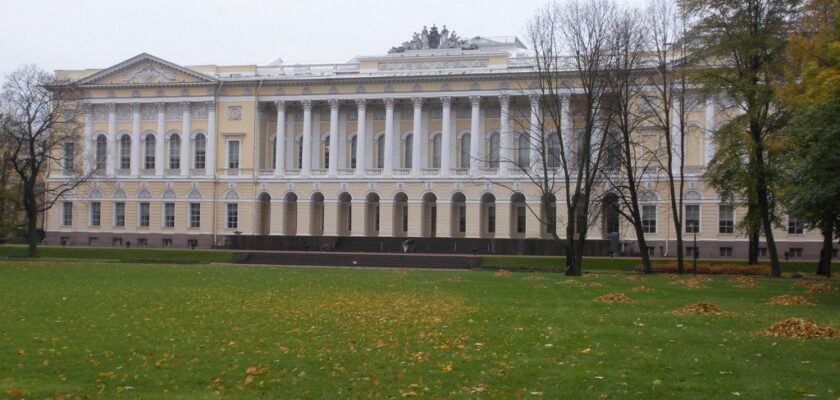Mikhailovsky Palace
Mikhailovsky Palace is the main building of the Russian Museum, located in the center of St. Petersburg. The palace was designed by Italian-born Russian architect Carlo Rossi. In his work, he used innovative techniques, while maintaining a style traditional to the Classicist era. For his work Rossi was awarded the Order of St. Vladimir of the third degree.
.The idea for the building originated with Emperor Paul I, who after the birth of his youngest son Michael in 1798 ordered to annually set aside funds for the construction of a palace for him. According to the plan, it was to outshine the residences of European sovereigns with its luxury and grandeur, emphasizing the status of Russia as an empire. Today St. Michael’s Palace is interesting to tourists not only for its interiors and architecture, but also for its extensive collection of masterpieces of Russian art. The Academic Hall regularly hosts concerts and thematic events dedicated to the study of national history and traditions.
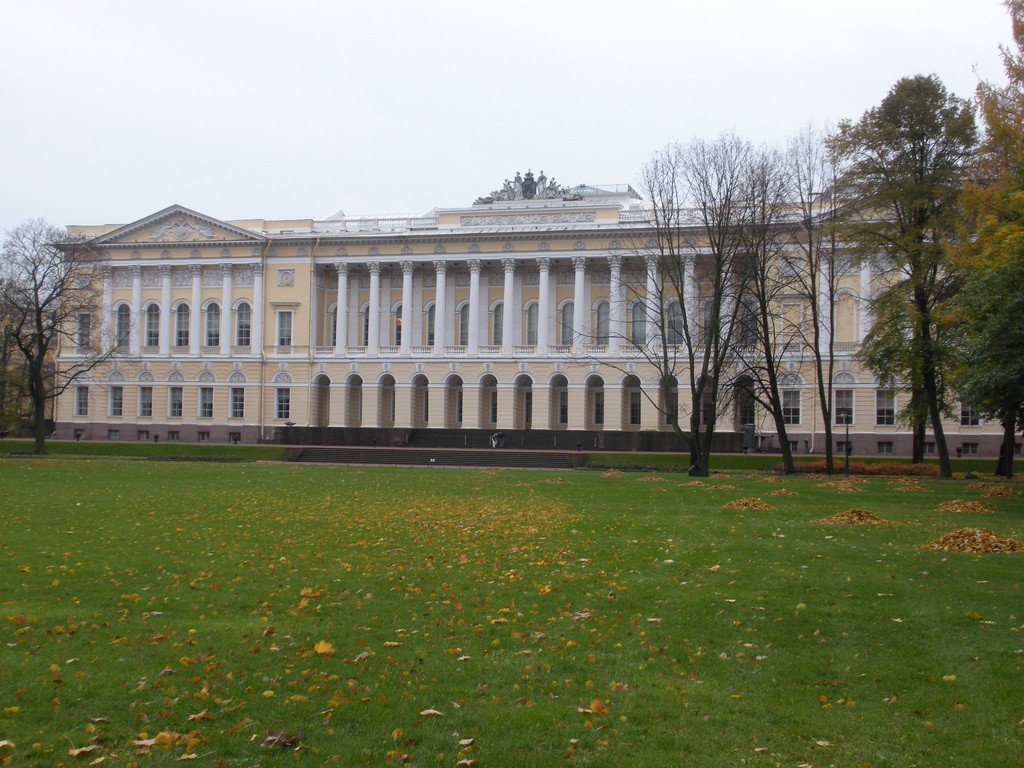
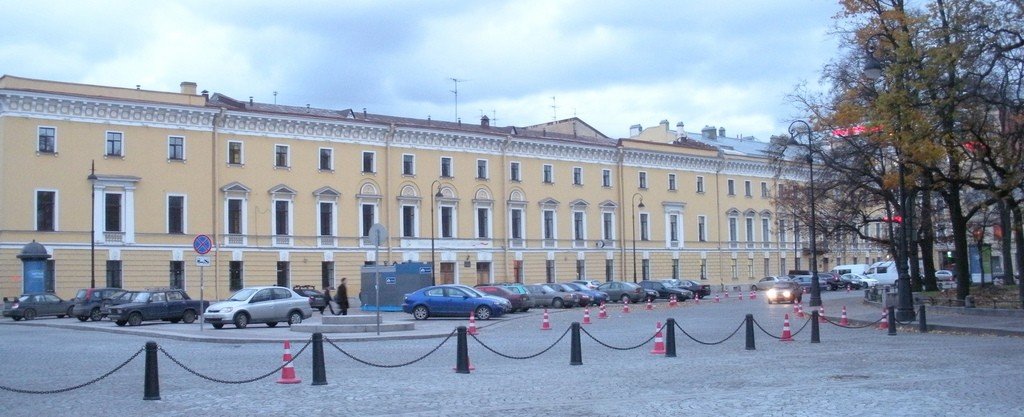
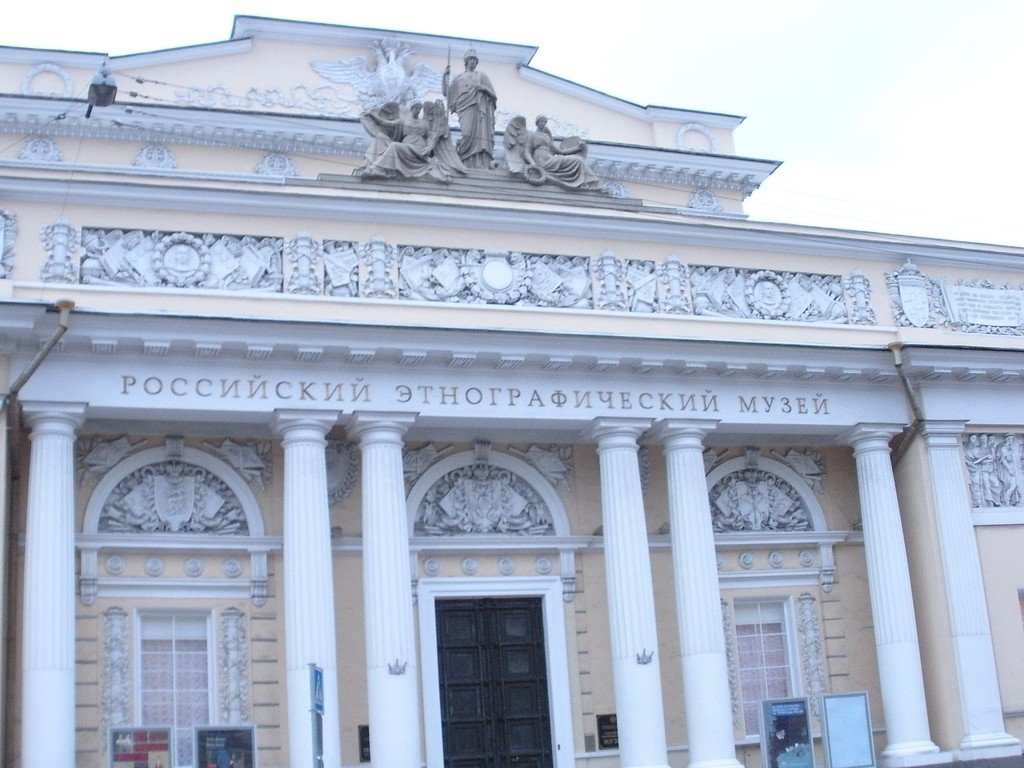
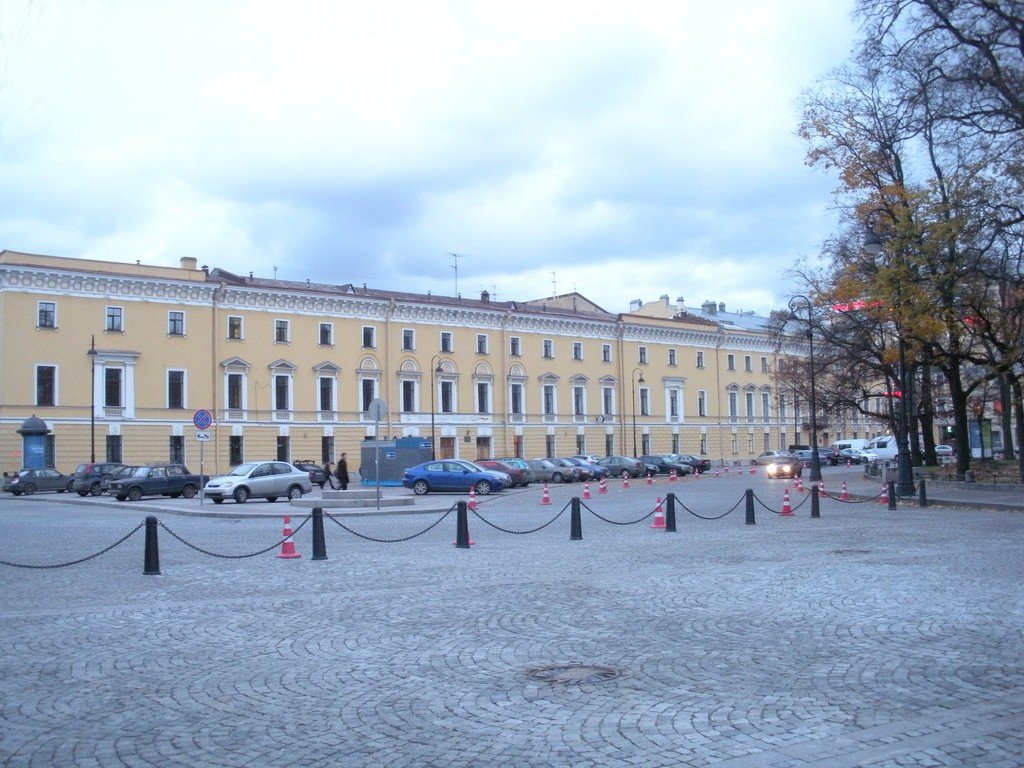
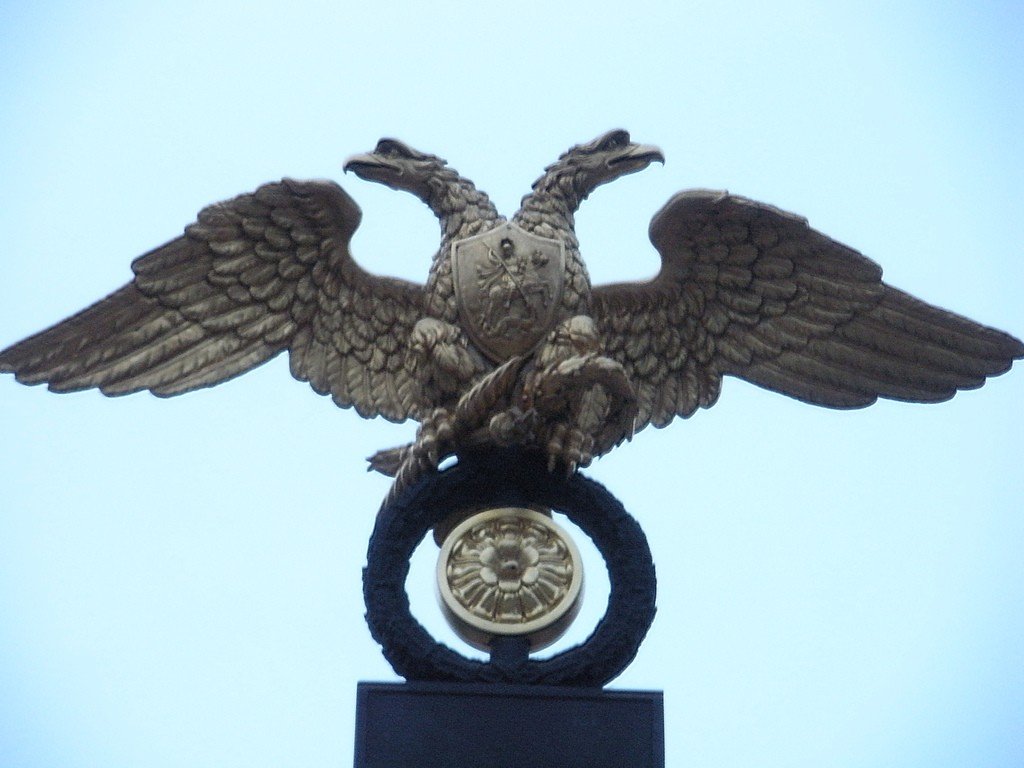
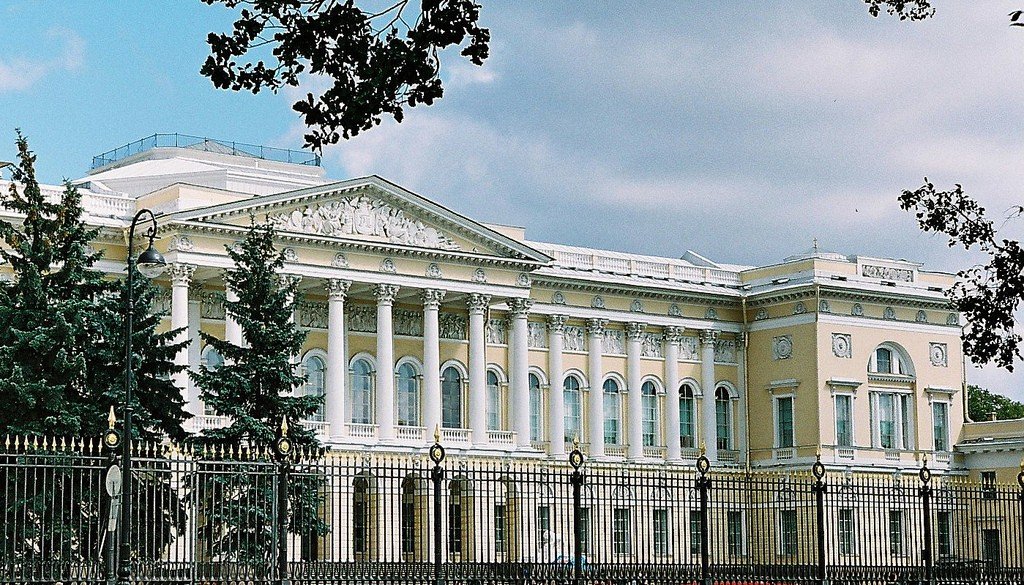
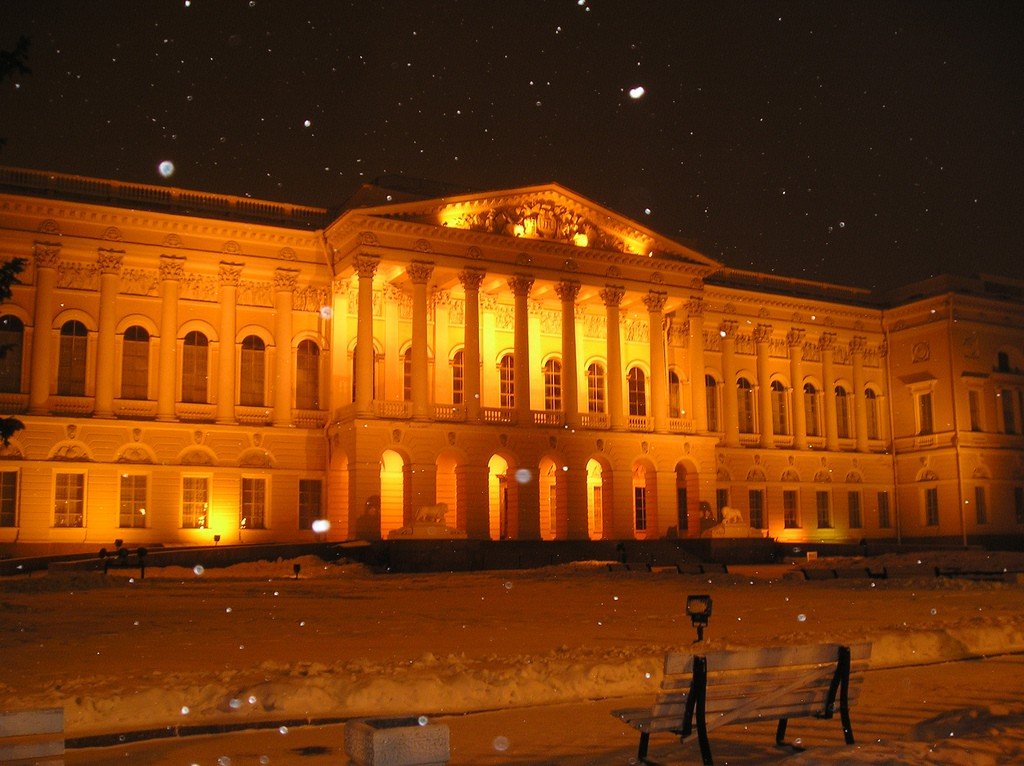
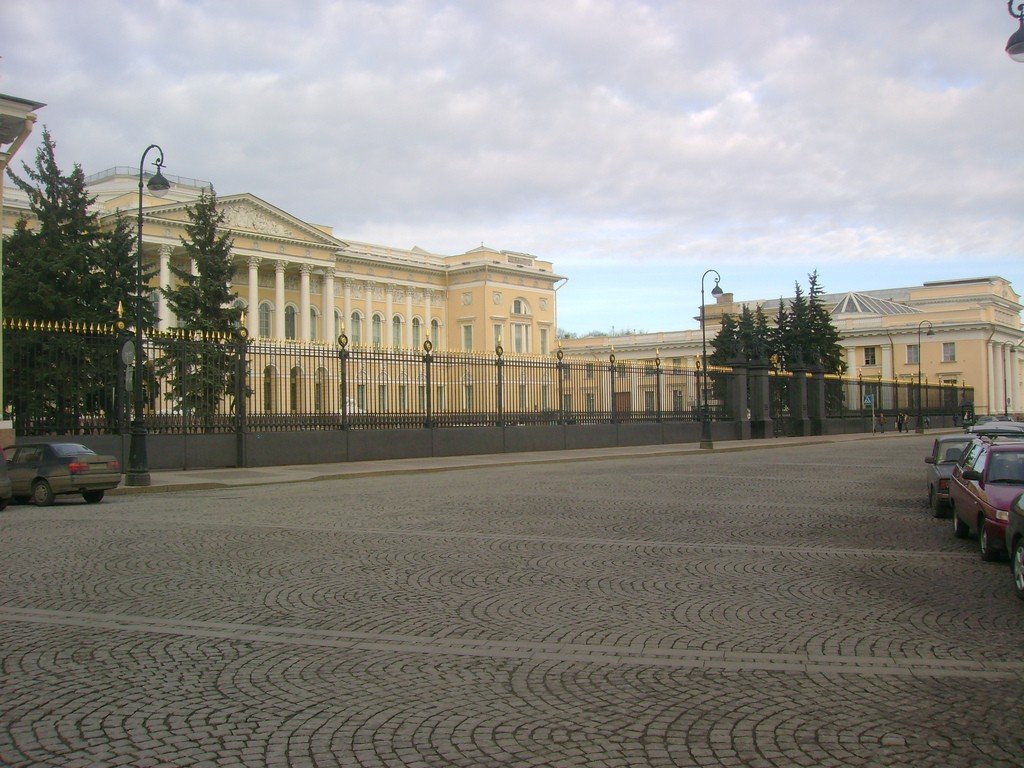
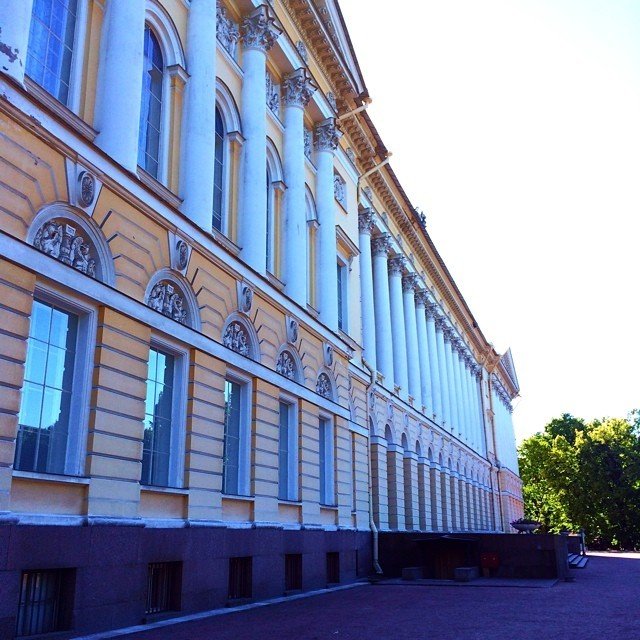
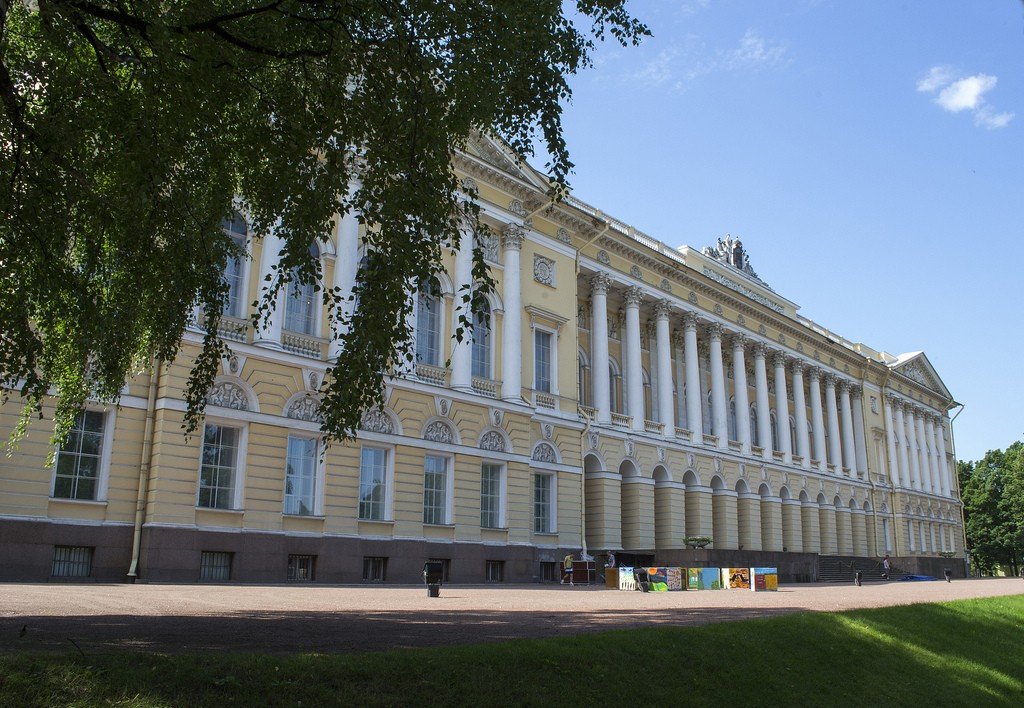
Video: Mikhailovsky Palace
ContentsHistory of St. Michael’s Palace
Emperor Paul I could not realize his plan – as a result of a palace coup in 1801 he was assassinated. But his will was fulfilled by Alexander I: when Mikhail reached the age of 21, construction of the palace began. An ark with silver coins and a commemorative plaque, also made entirely of silver, were laid in the foundations.
Rossi received at his disposal wasteland, in place of which at the time of Peter the Great was a large orchard, and at the time of construction – overgrown with burdock and nettles ownerless territory. By 1820 the main building was finished, in 1821 – two adjoining wings, and in 1825 – the interior decoration was completed. The palace was consecrated and granted by the Emperor to his younger brother. In total, construction took 6 years and cost almost 8 million rubles.
.The interior decoration of the residence was luxurious. The house was decorated with sculptures and statues, on the floor was parquet of expensive wood, for the first time in the decoration used wallpaper. Mikhailovsky Palace became the center of cultural life – secular receptions were held here, where the creative elite gathered. Among the guests of Mikhail Pavlovich were such famous people as Pushkin, Aivazovsky, Tyutchev, Zhukovsky and many others.
.
After the death of Mikhail and his wife, the palace passed to their heirs. Since 1894 it became a profit house and gradually fell into disrepair. Some of the premises were rented out to pay off the expensive upkeep. Michael’s third daughter was married to a German duke, and according to the marriage contract her property was to go to her spouse and children. But Emperor Alexander III offered to buy the Mikhailovsky Palace at public expense. The deal was made already by Nicholas II in 1895, its amount amounted to 4 million rubles. At the same time, the previous owners were allowed to take with them what is associated with the history of the family, as a result of which the house was virtually empty.
.
Finance Minister Witte proposed to Nicholas II to arrange here the Russian Museum named after his father. At that time, the exposition of the Hermitage consisted mainly of foreign exhibits, and there was not enough space for the works of domestic masters. So, at the will of the Emperor, a separate luxurious building of the Mikhailovsky Palace was allocated for masterpieces of Russian art. Now it is part of a large museum complex, which includes 5 buildings, 3 gardens and a number of small structures.
Interesting facts about Mikhailovsky Palace:
- It took more money to decorate the estate than it did to build it.
- King George IV of Great Britain, who had heard rumors about the Grand Duke’s magnificent residence, asked the Emperor to make a model of the building for him. A model with a base measuring 2×2 meters was made and delivered to England by Russian craftsmen.
- The parquet was made of red, black, purple, chefraz, palm wood, the cost per square fathom (just over 4.5 m²) was 160 rubles. .
- After Michael’s death by his wife Elena, instead of a lobby on the first floor was arranged the Maly Theater, and on the second floor instead of a dining room – the Bolshoi Theater. Next to the first lounge, a Small Palace Church named after St. Helena was created.
Exhibitions
The Mikhailovsky Palace presents the following permanent exhibitions of masterpieces of Russian art:
- XII-XIV centuries;
- XVIII century;
- the first half of the 19th century;
- second half of the nineteenth century;
- folk art of the XVII-XXI centuries.
The Old Russian exposition includes one of the largest in Russia collection of icons – about 6000 exhibits. It is divided into four halls. In the first of them are the oldest icons, including the famous “Boris and Gleb” – one of the few surviving images of the first Russian saints. In the second hall visitors can see masterpieces of the major icon-painting centers of Ancient Rus – Novgorod and Pskov. The third room presents exhibits of the Moscow school of icon painting, including those created by the famous artist Andrei Rublev. The fourth room contains later works of the 16th-17th centuries, among them the famous icon of the “Trinity.”
.
The exposition devoted to Russian art of the 18th century contains outstanding works from the time of Peter the Great. These are mainly portrait and historical paintings, but there is also a collection of sculptures. Also visitors will be interested to look at the exhibition of samples of furniture, interior, arts and crafts.
.The exhibition of works of the first half of the XIX century includes paintings of various styles and works of famous sculptors of that time. The collection includes paintings by K. P. Brullov, F. I. Bruni, S. Shchedrin, A. A. Ivanov, O. I. Kiprensky, I. K. Aivazovsky and many others. A special feature of the exhibition is the White Hall, which has retained its original appearance and artistic design since the construction of the Mikhailovsky Palace.
.
The most solid is the exposition of works by painters and sculptors of the second half of the XIX century – the period of the dawn of Russian art. Here are paintings by V. I. Surikov, I. E. Repin, V. V. Vereshchagin, V. G. Perov, A. K. Savrasov, I. I. Shishkin and other outstanding masters of painting and sculpture. Halls, as well as many paintings, restored, LED lighting, also exhibited little-known and previously in the vaults of works.
.
The folk art exhibition is also interesting, spread over 12 halls and including about 50,000 exhibits. The works are arranged in chronological order. Here you can look at folk crafts, blacksmithing, textiles, clay and wooden furniture, dishes and toys. Special attention is paid to the art of wood carving and painting. There is also a rich exposition of modern masters who support the traditions of the past. Here are presented Palekh painting, Khokhloma, Dymkovo toys, finift, lace, trays from Zhostovo, bone carving, Gzhel.
.In addition to the permanent expositions, thematic and author exhibitions are regularly held – all of them devoted to the works of Russian masters.
.Information for visitors
St. Michael’s Palace is open on Monday from 10:00 to 20:00, Wednesday, Friday, Saturday and Sunday from 10:00 to 18:00, Thursday from 13:00 to 21:00, Tuesday is a day off. When planning your visit, you should keep in mind that the box office closes a half hour earlier. On Sunday, there is a “weekend tour” for individual visitors from 1:00 to 3:00 p.m.
.Ticket price for adults – 450 rubles, for students, schoolchildren over 16 years old and pensioners – 200 rubles. For citizens of Russia, Belarus, as well as foreigners legally permanently residing and working in Russia, the price is lower – 350 rubles for adults and 170 rubles for schoolchildren, students and pensioners.
.You can also buy a complex ticket to visit the Mikhailovsky Palace and the second branch of the museum of your choice:
- valid for 1 day: 650 rubles. – adults, 300 rubles. – students and pensioners;
- for 3 calendar days: 900 rubles. – adults, 450 rubles. – students and pensioners.
Regular visitors are offered an annual pass: 1500 rubles for 6 visits, 2700 rubles. – For 12. Schoolchildren under 16 years old, as well as students of schools and universities of art and art history profile can visit the Mikhailovsky Palace for free. The 18th day of each month is a privileged day when people under 18 and students do not have to pay for a visit. Amateur photography is paid – it will cost 500 rubles.
.Tickets can be purchased directly at the box office or bought online on the official website of the Russian Museum. To do this, you need to register by filling out personal and contact information. After payment, the electronic ticket will come to the e-mail specified at the time of purchase. It must be printed out and presented at the ticket office on the day of the visit, or give its number and show your ID card.
.How to get there
Mikhailovsky Palace is located at 4, Inzhenernaya Street, St. Petersburg. If you go by metro, you need to get off at the station “Nevsky Prospekt” or “Gostiny Dvor”. Also from different points of the Northern Capital to the Mikhailovsky Palace can be reached by buses № 3, 22, 27, 49, K212 and trolleybuses № 5, 22.
.